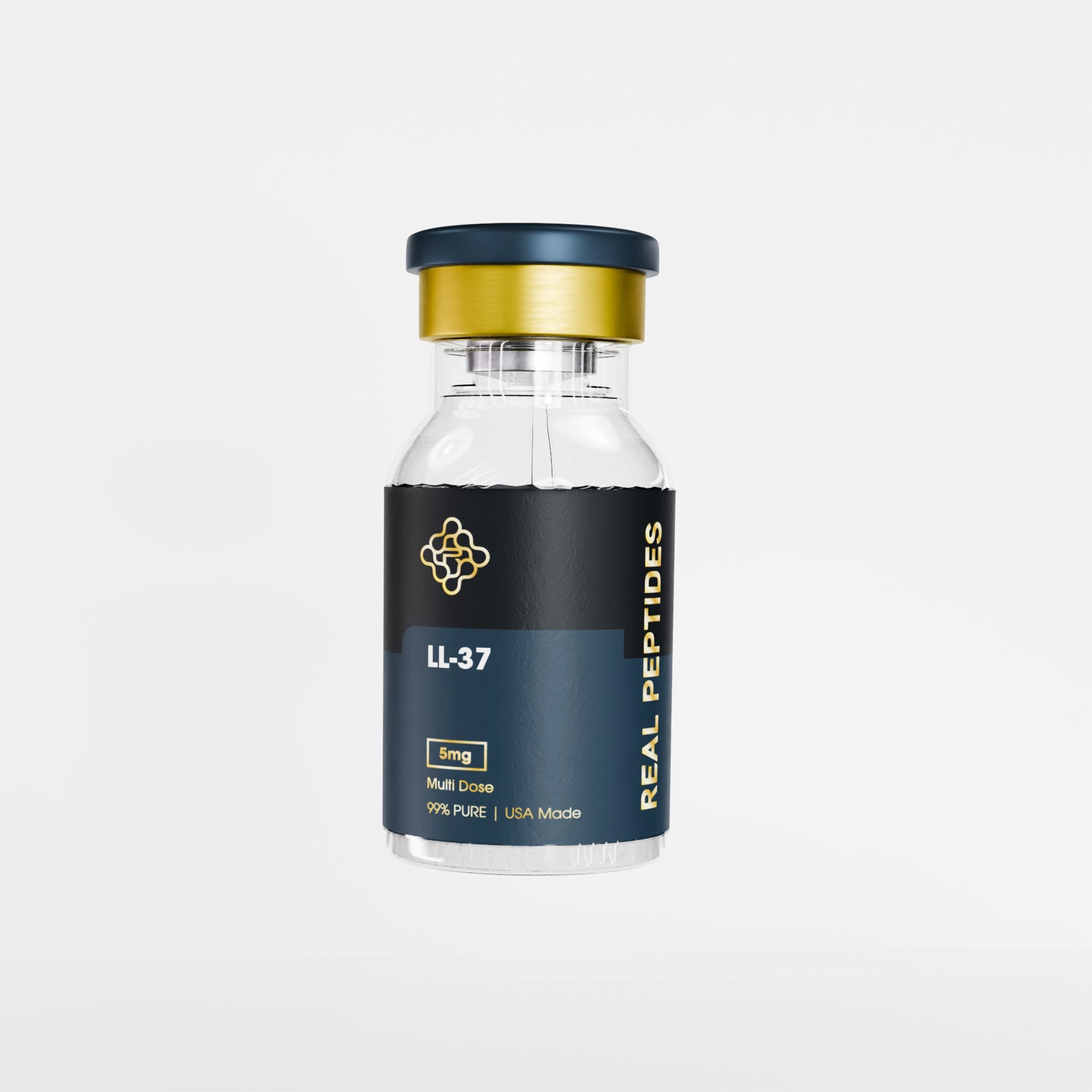
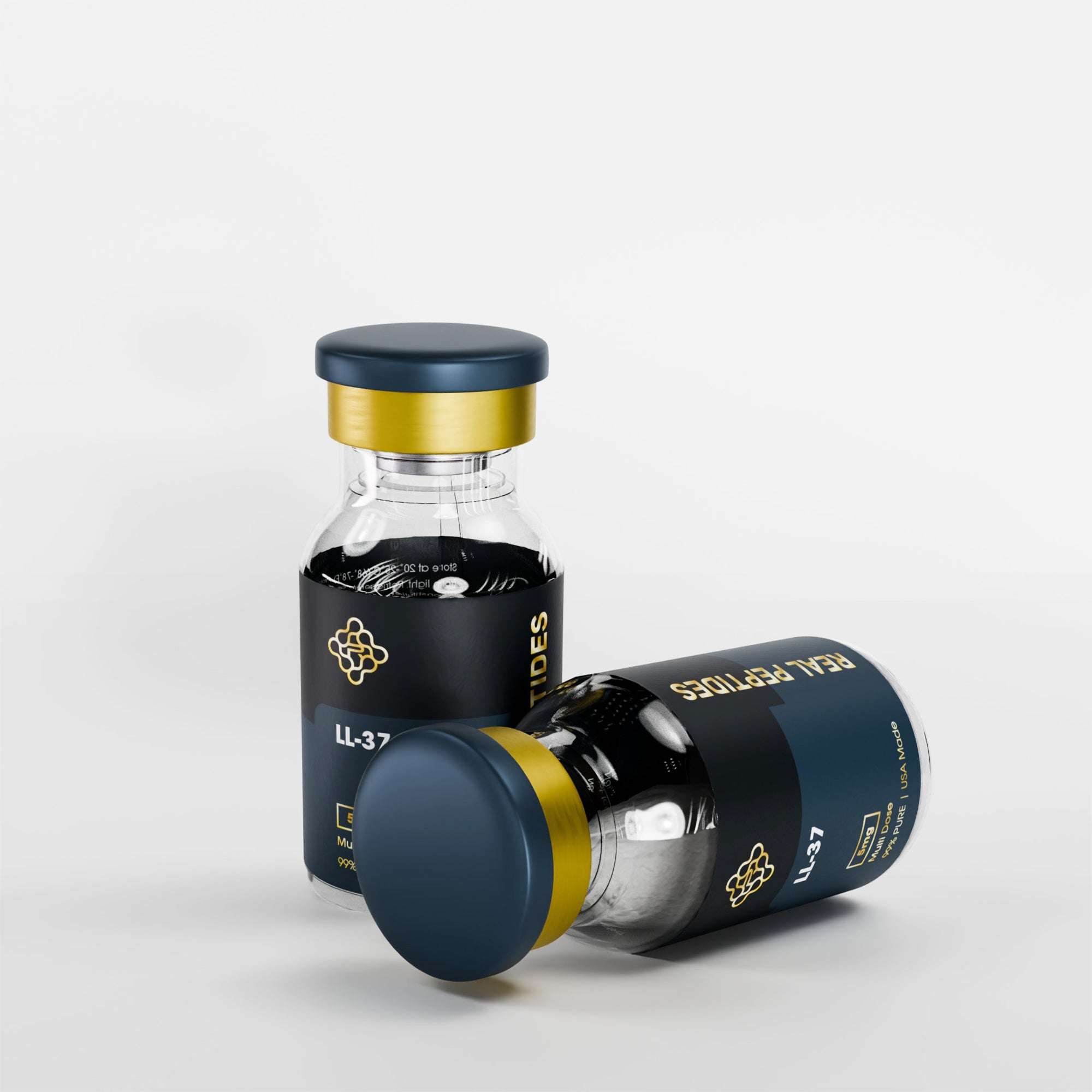
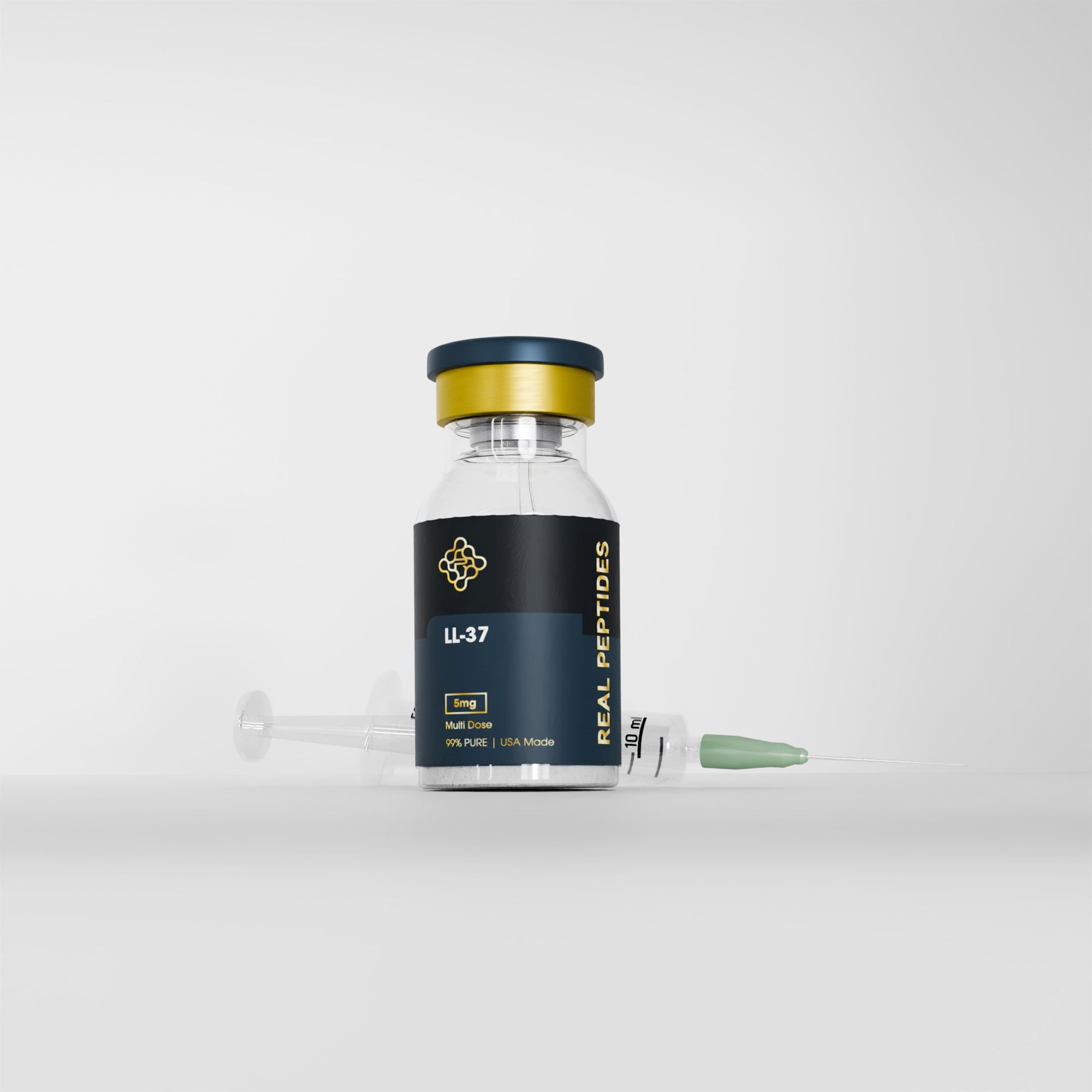
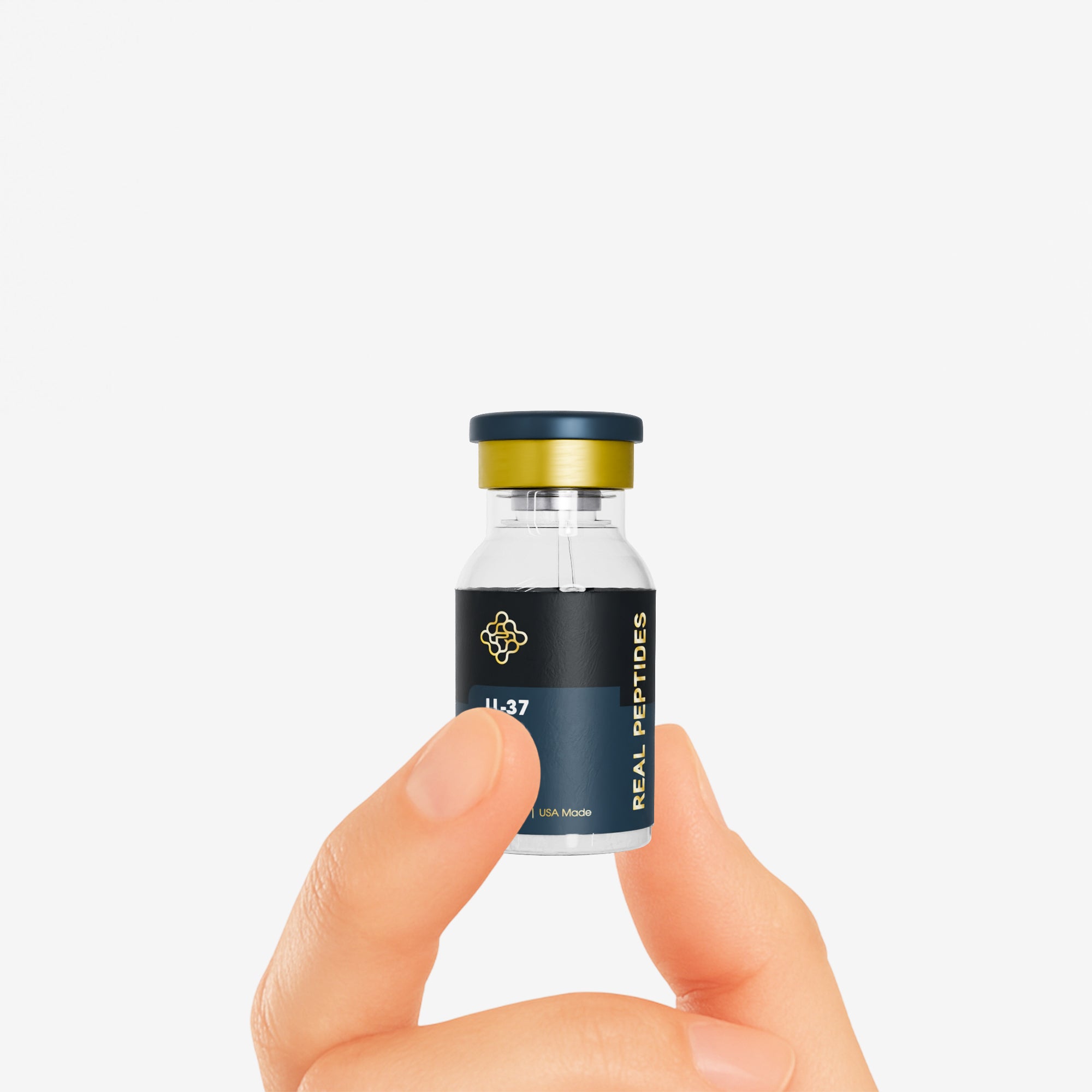
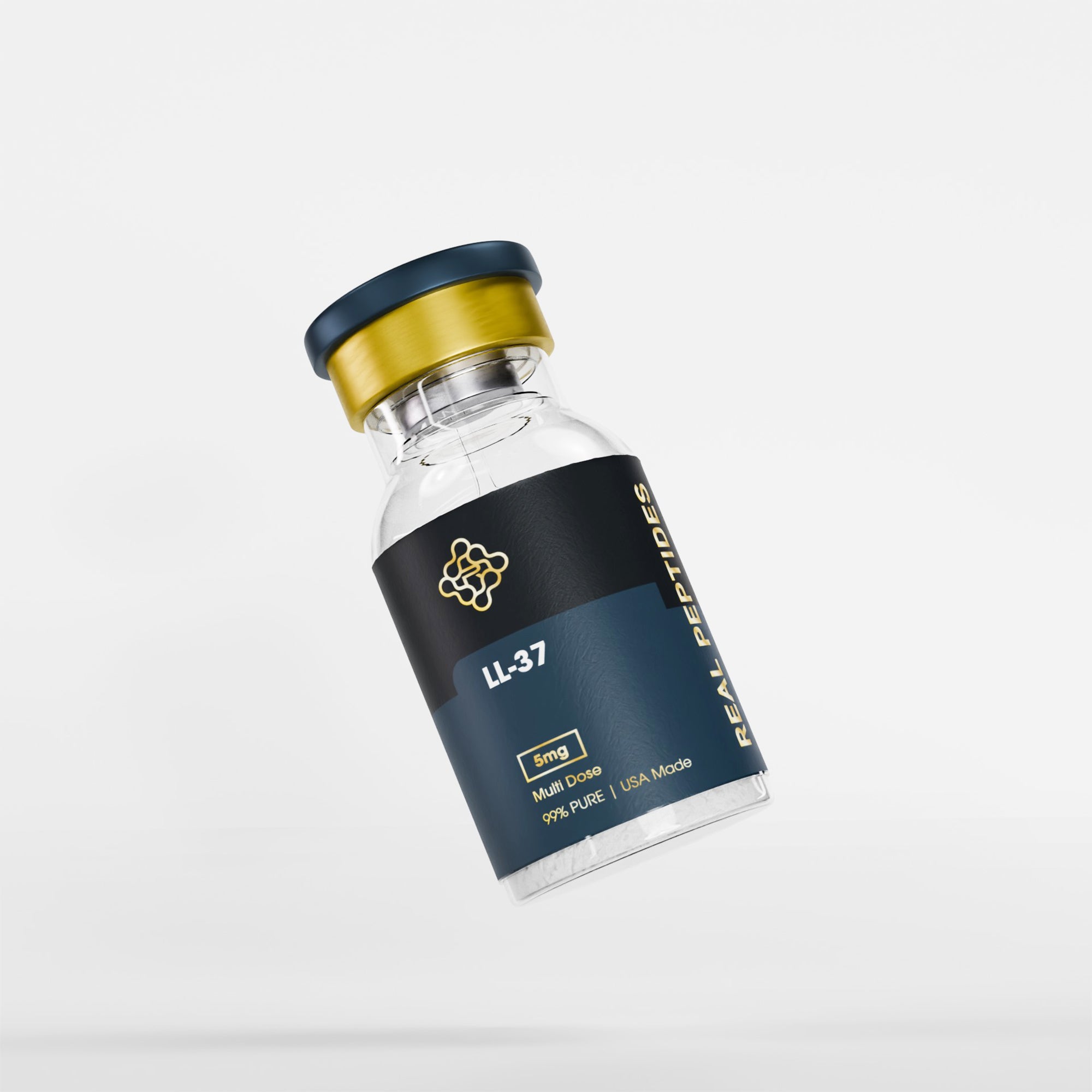
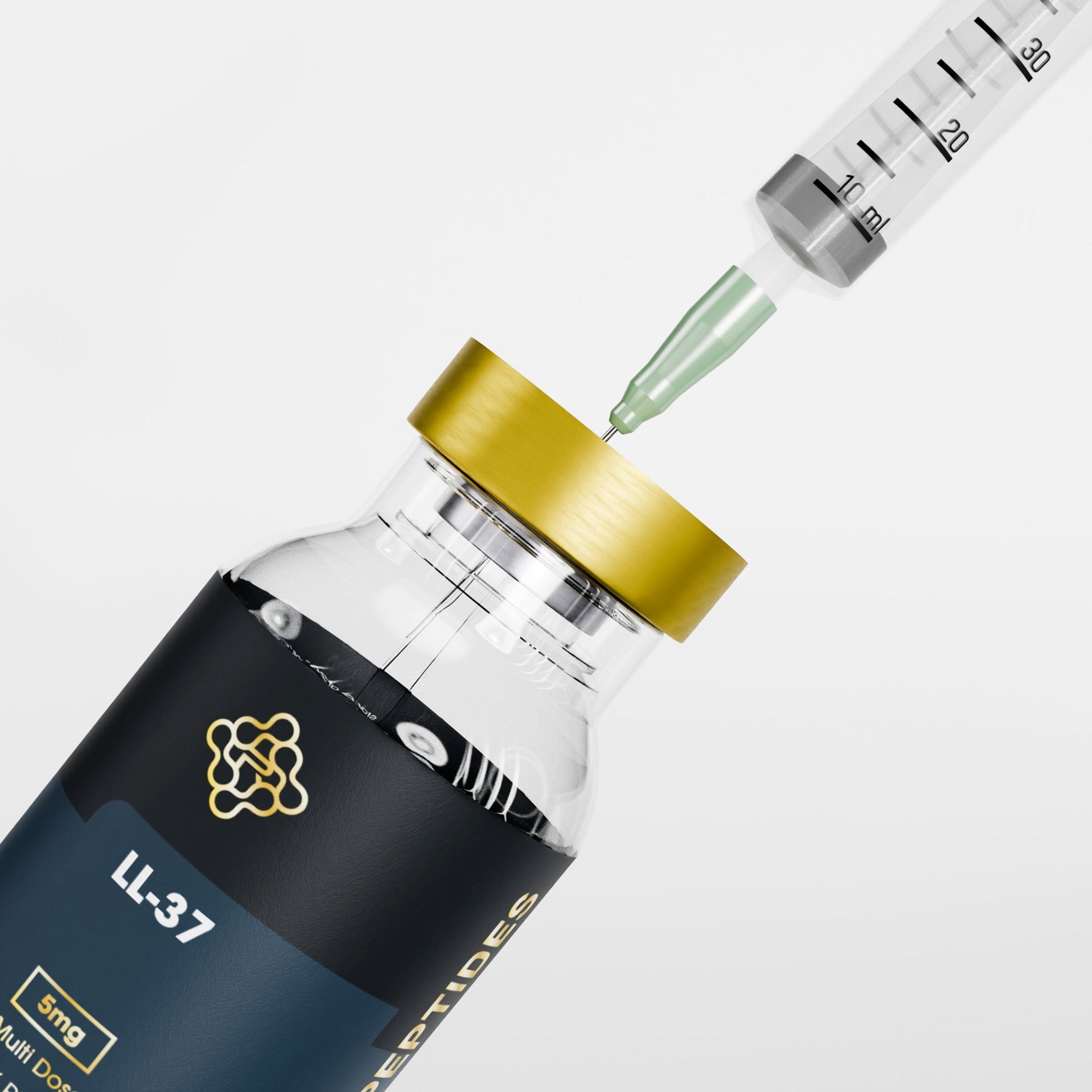
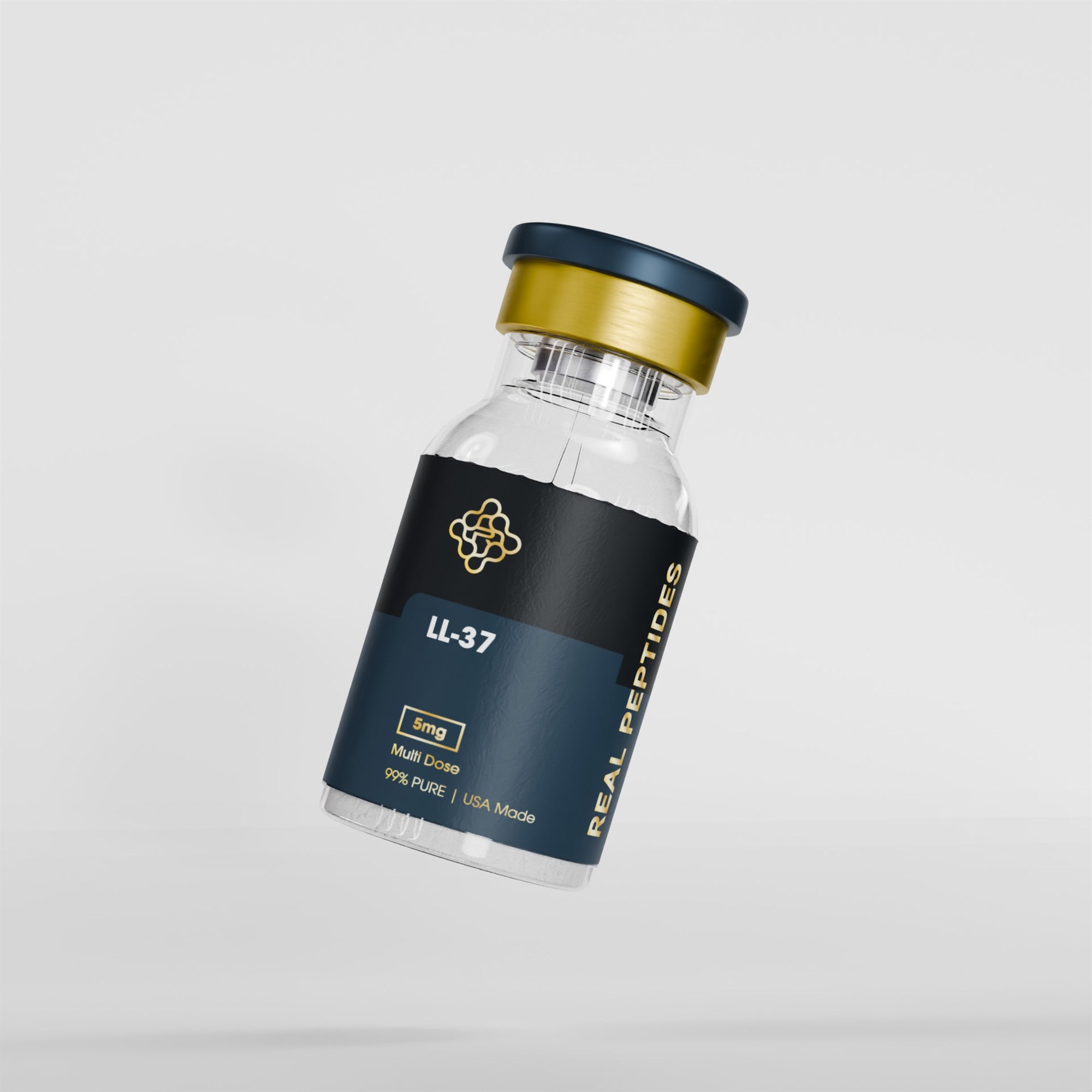
In Stock, Ready to Ship!
$80.00 — or subscribe and save 20%
99% Pure | USA Made | Multi DoseLL-37 is a human-derived antimicrobial peptide trusted by labs to model innate-immunity, antimicrobial defense, and wound-healing processes. Each 5 mg vial delivers a ready-to-use peptide that boosts microbial-killing assays, supports cell-migration in scratch-wound models, and activates innate-immune signaling—with no extra compounds or guesswork. Manufactured in the USA, HPLC-verified to ≥ 99% purity, and endotoxin-screened (< 0.1 EU/mg), LL-37 gives you crisp, reproducible data every time.

Peptides are not ready to use. Must purchase BAC water for reconstitution.
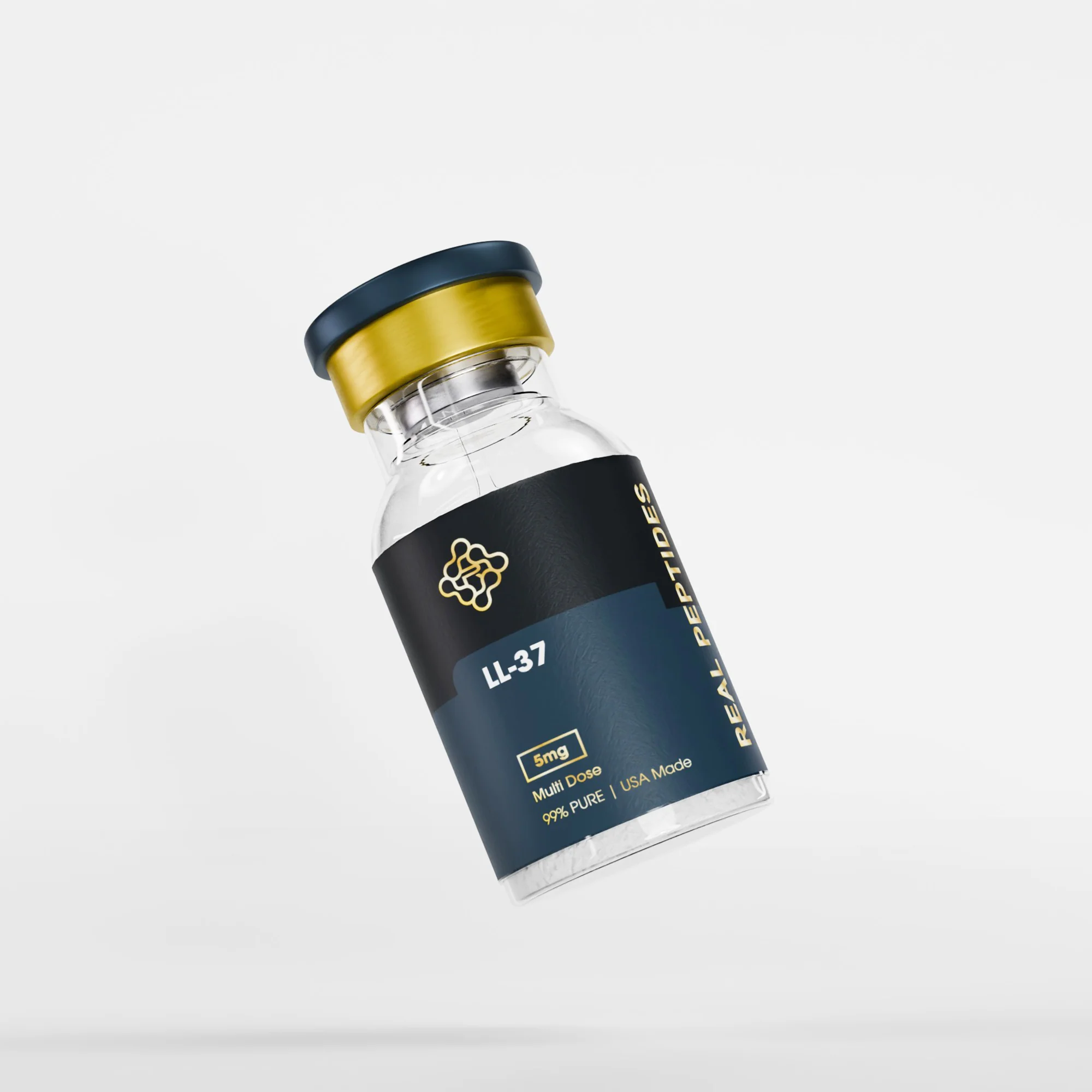
LL-37 is a naturally occurring, 37-amino-acid antimicrobial peptide (cathelicidin) that plays a key role in the body’s first line of defense. In research, LL-37 peptide is used to explore microbial killing, wound-closure mechanisms, and innate immune signaling, giving scientists a direct tool to study host-pathogen interactions and tissue repair.
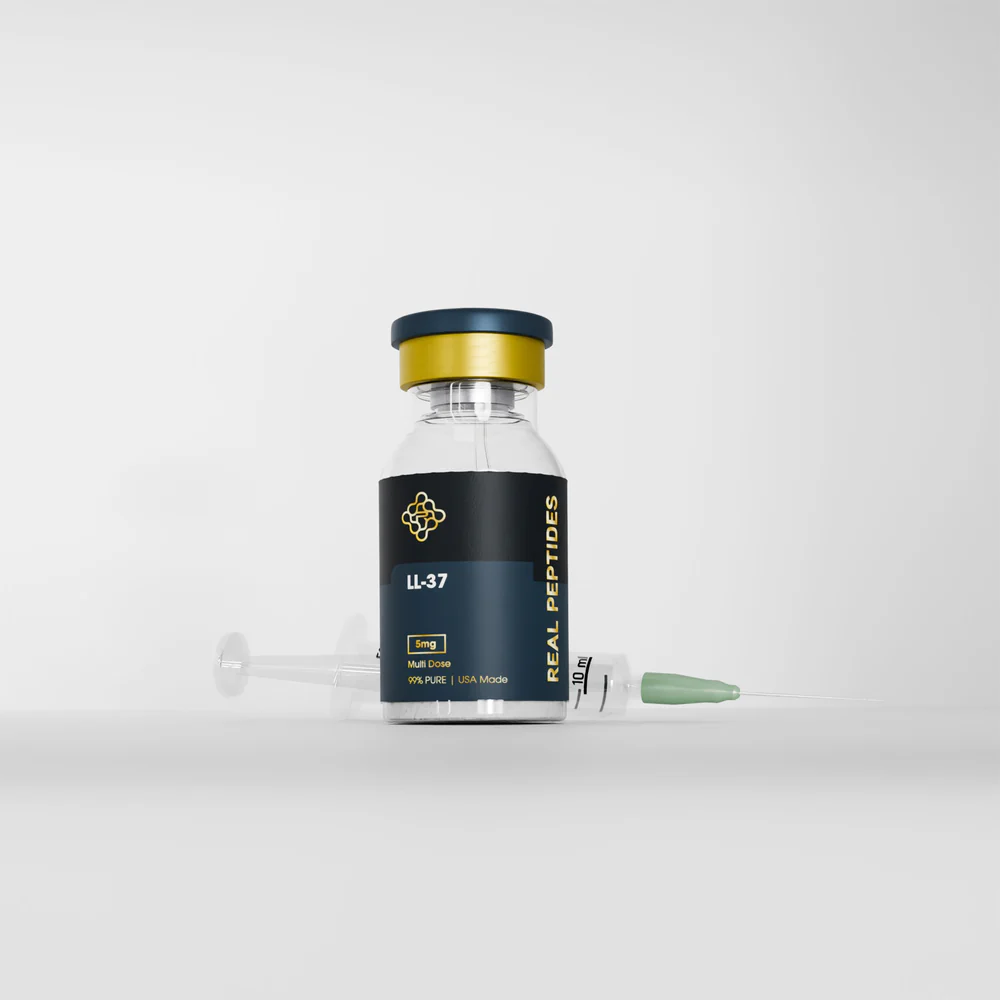
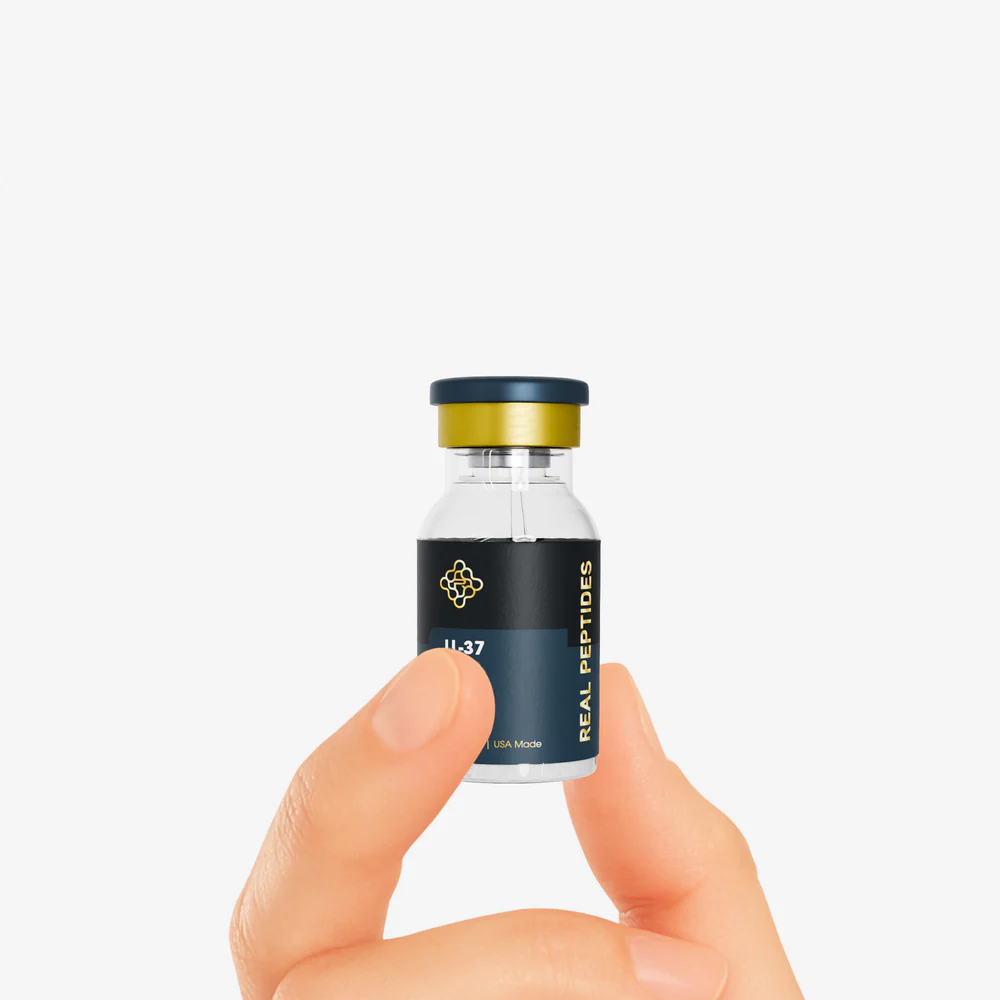
Unlike generic antimicrobial reagents, LL-37 combines broad-spectrum bacterial activity with tissue-repair support in one molecule. Its balanced profile—effective against planktonic bacteria and biofilms, yet supportive of keratinocyte/fibroblast migration—makes LL-37 the go-to peptide for integrated infection and healing research.
What sets Retatrutide apart from traditional single-pathway compounds like semaglutide is its ability to address multiple metabolic pathways at once, making it highly attractive for advanced obesity, diabetes, and longevity studies.
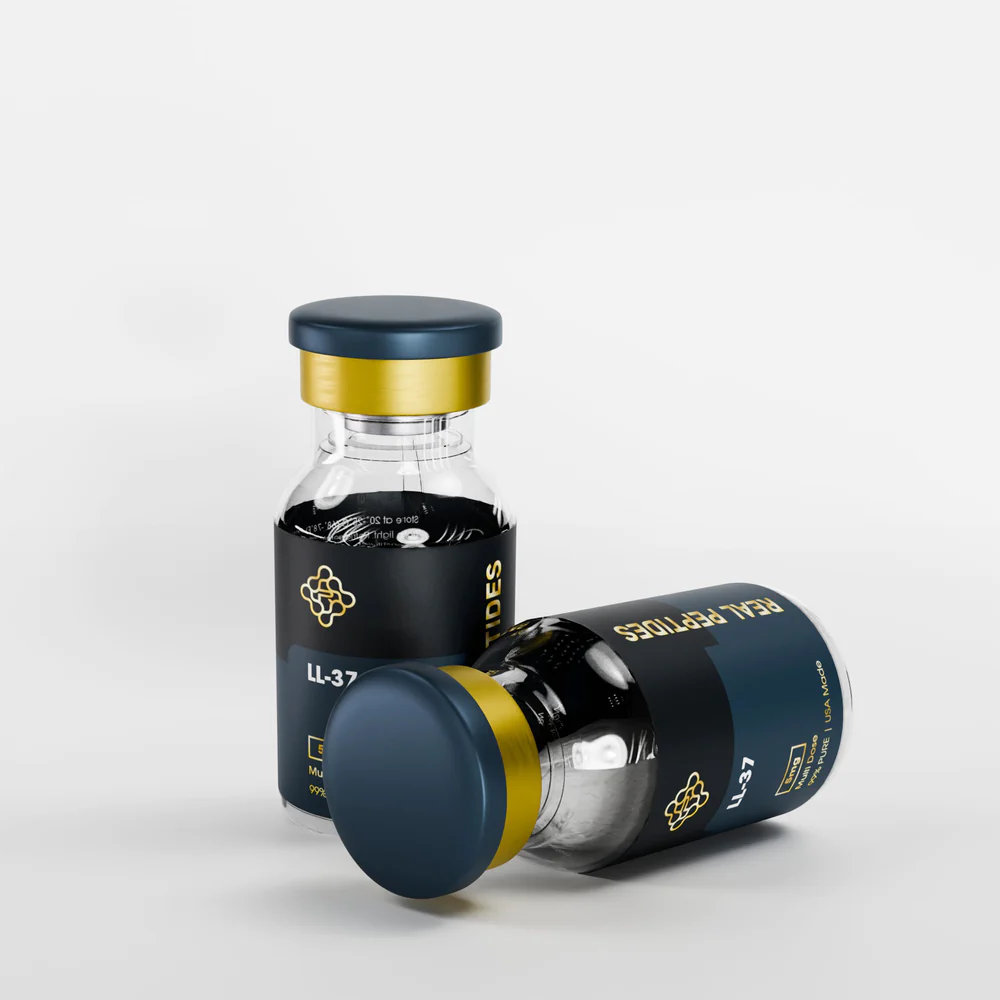
Don't hestitate to contact us
End of Content.